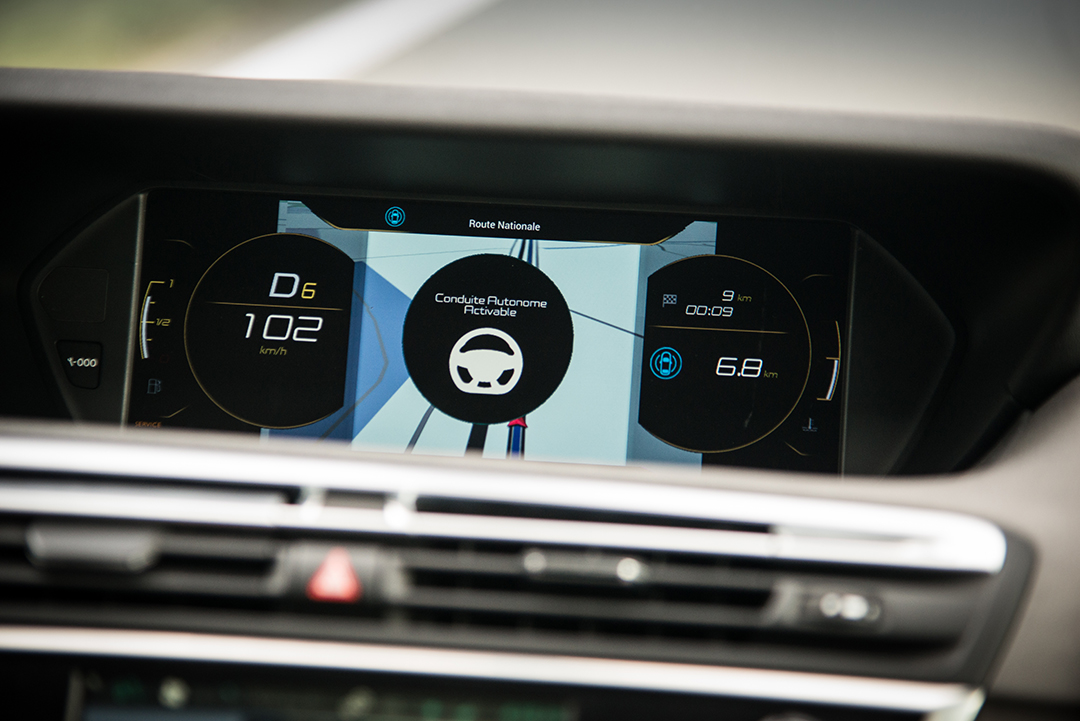A look ahead to the technological developments and personnel requirements that will drive PSA’s analysis of supply and demand
Developing commercial forecasting skills within the supply chain group will be an important objective for Francesca Gamboni over the next few years, but it will be happening in parallel to other developments, including regional and global expansion, integrating acquisitions, the rollout of new vehicle technology and powertrains, as well as increasing digitalisation. Gamboni thinks it is important for the supply chain to prepare for radical changes coming to the car business, including increasing vehicle electrification and autonomous driving.
“Supply chain is an enhancer for our new product development projects, whatever the parts involved, including for electric or hybrid vehicles,” she says. “Of course, there are some parts for which you see sourcing challenges or bottlenecks, such as battery technology. But this is the fun part of our job.”
Likewise, PSA is investing more in services and technology to become a mobility provider as much as a seller of vehicles. It has partnered with a company to provide car-sharing services in the US, for example, a market it hasn’t participated in for 30 years. The ‘Push to Pass’ strategy includes plans to return to North American vehicle sales within ten years.
PSA has also started experimenting with e-commerce; earlier this year it launched its first online new vehicle purchase service in the UK, where customers can buy a car in as little as 30 minutes without going to a dealership.
Digitalisation in supply chain and logistics – from automated technologies to internet-enabled equipment and services – is as important to PSA as any other carmaker. Together with Gefco it has introduced more automated guided vehicles to move material, as well as technology to support parts picking.
Both companies are also investing in improving logistics visibility. Gefco, for example, is rolling out a global transport management system across its business that had been used by IJS, a freight forwarder it acquired in 2015.
For Gamboni, the potential for more advanced systems for data analytics and optimisation supports her ambitions of turning PSA’s supply chain group into a powerful planning team, supporting sourcing and plant decisions through to sales. Her first step is to better use PSA’s existing data across the supply chain, for which the company has already launched several big data initiatives.
The next step is to integrate more points of data collection – including reading of ‘weak’ or ‘early’ signals of demand – and feed them into planning programmes more rapidly. Among the processes for improving this could be predictive analytics, for which PSA launched a ‘proof of concept’ project in 2016. “The objectives are to see whether we can improve our mix forecasts. The first results are promising,” she says.
Gamboni will have to use all the tools at her disposal to enhance the demand and supply analysis within the supply chain group, from technology and systems to working with university and training programmes. She admits that competencies in supply chain are rare, including professional profiles with both ‘hard’ technical skills and ‘soft’ ones such as leadership, resistance to stress and the ability to take a “holistic systems view”. Like Carlos Tavares, she will no doubt be keen to incorporate the strong supply chain and logistics skills that exist within Opel/Vauxhall.
But getting these skills right is essential, especially for what’s ahead for PSA and its expanding network. For Gamboni, the most fundamental task will be reading the demand signals, and helping plants and suppliers to react. That is the only way that PSA will be able to keep driving as fast around the track as Carlos Tavares wants.
“We have a top-class manufacturing system, but it is anticipating demand that allows you maximise those systems,” she concludes. “Otherwise it is like having a Formula One car but driving it in a low gear.”
Groupe PSA special report: Refait à neuf
- 1
- 2
- 3
- 4
- 5
- 6
 Currently reading
Currently readingGroupe PSA report: Full throttle towards pole position





























